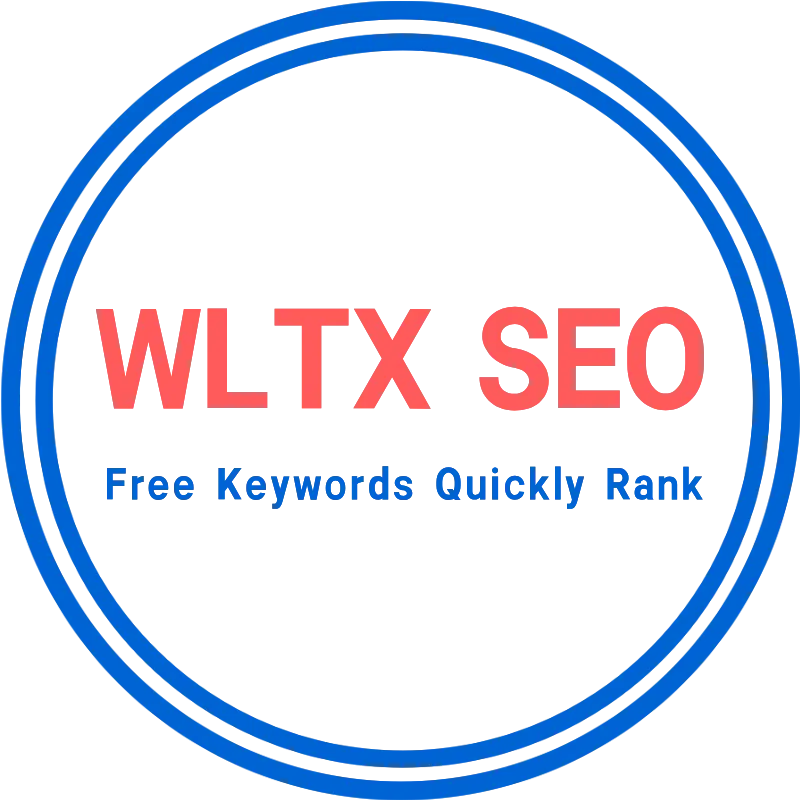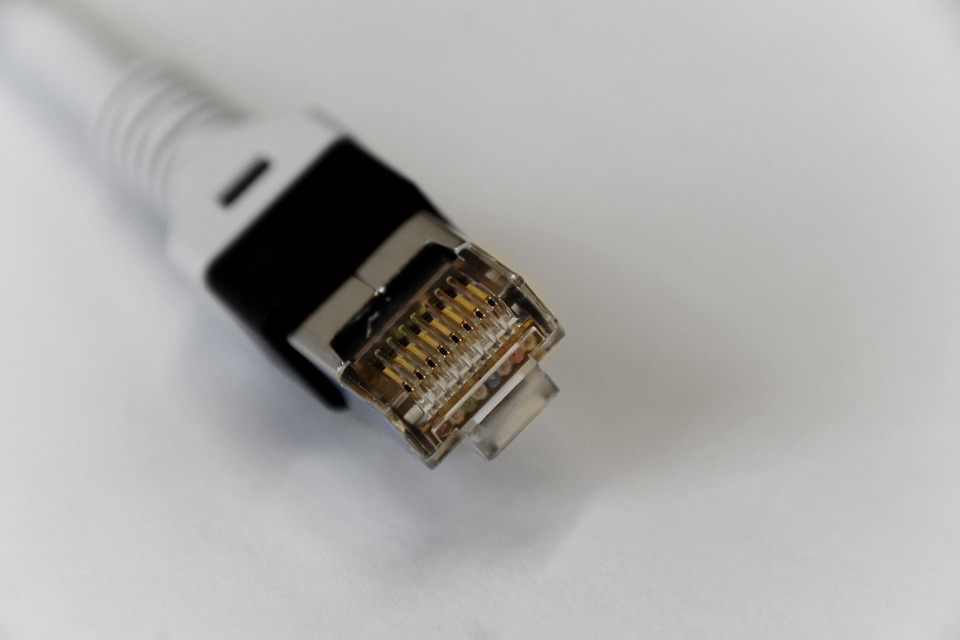The Unignorable Power of “Near Me”: Mastering Local SEO in the Age of Hyperlocal Intent
The digital landscape for local businesses has evolved dramatically. Gone are the days when a simple listing was enough. Today, consumers wield incredible power, instantly searching for products and services in their immediate vicinity. Typing phrases like “plumber near me,” “best coffee shop near me,” or “emergency dentist near me” has become second nature. These “Near Me” searches aren’t just common; they represent a critical battleground for local businesses. If your business doesn’t appear prominently for these hyperlocal queries, you’re effectively invisible to a massive pool of ready-to-buy customers. This is where mastering Google Local SEO becomes not just important, but essential for survival and growth.
Why “Near Me” Searches are Dominating Local Queries
The surge in “Near Me” searches is fueled by several converging trends:
- Mobile-First World: Smartphones are ubiquitous. Users search on the go, often needing immediate solutions. Location-based intent is inherent.
- Instant Gratification: Consumers want convenience. They desire products or services now and nearby. “Near Me” delivers immediate relevance.
- Google’s Sophistication: Search engines understand user intent better than ever. They prioritize local results when location context is implied or explicit.
- Voice Search Growth: Queries like “Hey Google, find pizza delivery near me” heavily rely on local intent and proximity.
Essentially, “Near Me” searches signal high purchase intent. The user is actively looking, likely within your geographic service area, and ready to engage. Optimizing for these searches positions your business directly in front of motivated customers.
Essential Strategies to Dominate “Near Me” Searches
Conquering the “Near Me” landscape requires a multi-pronged, diligently executed strategy centered around Google’s local ecosystem:
-
Google Business Profile (GBP): The Unquestionable Foundation
- Claim & Verify: This is non-negotiable. If you don’t own and verify your GBP listing, you have no control over your most critical local asset.
- Complete Your Profile: Meticulously fill every section: accurate business name, address, phone (NAP), exact service categories, hours, website URL, attributes (Accessibility, Payment Options, Highlights like “Women-Led”), and a unique, compelling business description.
- Photos & Videos: High-quality visuals are paramount. Showcase your premises, products, services, and team. Update regularly. Tip: Use photos with local landmarks subtly visible to reinforce geography.
- Posts: Utilize the Posts feature for announcements, offers, events, and new products/services. This keeps your profile fresh and signals activity to Google.
-
On-Page SEO: Weaving Proximity Into Your Digital Fabric
- Location-Specific Keywords: Integrate “near me” modifiers and explicit location names (neighborhood, city, zip code) naturally into title tags, meta descriptions, headings (H1, H2s), and body content. Don’t stuff; prioritize relevance and readability.
- Local Landing Pages: For businesses with multiple service locations, create unique, dedicated pages for each city/town you serve. These pages should provide specific information relevant to that location and its community.
- Structured Data (Schema): Implement LocalBusiness schema markup on your website. This code explicitly tells search engines your business name, address, phone number, hours, and other critical details in a machine-readable format, increasing clarity and potential for rich snippets.
- Clear NAP Consistency: Your Name, Address, and Phone number must be exactly identical and prominently displayed (footer is common) across your website, GBP profile, and all online directories.
-
Cultivating Trust: Reviews & Reputation Management
- Actively Solicit Genuine Reviews: Encourage satisfied customers to leave reviews on your Google Business Profile. Easy methods: post-transaction emails/SMS, signage in-store, QR codes on receipts.
- Respond to ALL Reviews: Thank positive reviewers promptly and professionally. Address negative reviews constructively, empathetically, and offer solutions offline. This demonstrates responsiveness and customer care.
- Monitor Actively: Use tools to track new reviews across platforms to respond swiftly.
-
Local Link Building & Citations: Building Authority Locally
- NAP Consistency EVERYWHERE: This cannot be overstated. Ensure your exact business details appear consistently across local directories (Yelp, Yellow Pages, Chamber of Commerce listings), industry-specific sites, and local news outlets. Inconsistencies confuse Google and harm rankings.
- Earn Local Links: Engage with your community. Sponsor local events, partner with complementary businesses, get featured in local news stories or blogs. Links from reputable local websites signal credibility and relevance to Google.
-
Mobile Optimization: The Non-Negotiable User Experience
- Speed is King: Mobile page load speed is a critical ranking factor. Use Google’s PageSpeed Insights and optimize images, leverage caching, and minify code.
- Responsive Design: Your website must flawlessly adapt to all screen sizes (desktop, tablet, smartphone).
- Local-First UX: Make essential information (address, click-to-call button, simplified contact forms) incredibly easy to find and use on mobile screens. Include clear directions links (Google Maps).
Advanced Tips & Avoiding Common Pitfalls
- Track Specific “Near Me” Keywords: Don’t just track generic terms. Monitor rankings for “[Your Service] near me,” “[Your Service] + [City Name],” and variations using tools like BrightLocal or Semrush.
- Analyze GBP Insights: Utilize the data within your Google Business Profile dashboard. Understand how customers search for you (exact queries), where they see you on Maps/Search, and actions they take (calls, website visits, direction requests).
- Geotag Your Images: Adding location metadata to on-site images can provide subtle local signals.
- Leverage Local Content: Blog about local events, news, or issues related to your industry and community. This builds relevance and attracts local links.
- Double-Check Service Areas: For service-area businesses (SABs) serving regions rather than customer visits to an address, configure this accurately in GBP.
Common Mistakes to Avoid:
- Ignoring GBP: Leaving it incomplete, unclaimed, or inactive.
- Inconsistent NAP: Variations in business name, address format, or phone number across the web.
- Keyword Stuffing: Creating unnatural content packed awkwardly with locations.
- Neglecting Reviews: Not asking for reviews or ignoring negative feedback.
- Forgetting Mobile: A poor mobile experience on your website.
- Overlooking Competitor Analysis: Failing to analyze what local competitors are doing well in GBP and local search.
Conclusion: Your Proximity is Your Power
In the hyperlocal arena defined by “Near Me” searches, visibility is everything. Mastering Google Local SEO isn’t just another marketing tactic; it’s a fundamental requirement to connect with customers at the precise moment and place they need you most. By establishing a flawless Google Business Profile foundation, optimizing your on-site presence for local intent, cultivating unwavering trust through reviews and NAP consistency, earning local links, and guaranteeing a stellar mobile experience, you transform your business into a beacon for nearby customers.
The competition for that top spot in the “Local Pack” is fierce, but the rewards—increased foot traffic, phone calls, website visits, and ultimately, sales—are substantial. Start implementing these expert-level strategies today. Verify your GBP now, audit your NAP consistency, engage with your reviews, and ensure your website is lightning-fast on mobile. Your future customers are searching for you “near me.” Make sure they find you, effortlessly and prominently.
FAQs About Google Local SEO & “Near Me” Optimization
Q1: What exactly does “Near Me SEO” mean?
A: “Near Me SEO” refers to optimizing your online presence (especially your Google Business Profile and website) specifically to rank highly in search results when users search for products or services followed by “near me” or include location modifiers like their city or neighborhood. It targets users with immediate, location-based buying intent.
Q2: How long does it take to see results from Local SEO efforts?
A: Local SEO is an ongoing process, not a quick fix. Initial improvements (like verifying GBP and fixing NAP inconsistencies) can sometimes yield results within a few weeks. However, building sustainable, high rankings, especially for competitive keywords like “[service] near me,” typically takes 3 to 6 months of consistent effort, including review generation, content creation, and link building. Patience and persistence are key.
Q3: Is it more important to rank #1 organically or be in the Google Map Pack (Local Pack)?
A: For “Near Me” searches, the Google Map Pack (typically the top 3 local business listings showing on maps) often appears above traditional organic results and receives the overwhelming majority of the clicks. Appearing in the Map Pack, especially in the top positions, is generally more valuable for driving local phone calls, direction requests, and website visits than ranking #1 organically beneath the map pack.
Q4: How many reviews do I need, and do stars matter?
A: While there’s no magic number, quality and quantity both matter.
- Quantity: More reviews signal popularity and trustworthiness to Google and users. Aim to steadily accumulate genuine reviews.
- Stars (Rating): A high average rating (ideally 4.5+) is crucial for trust and competitiveness. However, a lower rating with disproportionately few reviews (e.g., 1 review at 5 stars) can appear suspicious. Prioritize consistently getting legitimate reviews.
- Recency: Recent positive reviews signal an active, well-regarded business. Actively solicit reviews regularly.
Q5: Can I optimize for “Near Me” if I’m a service-area business without a physical storefront?
A: Absolutely. Google Business Profile allows you to set yourself as a “Service-area business.” You designate the geographic areas you serve (by cities, zip codes, or radius around a central point – not your home address). You’ll hide your physical address while still appearing in “Near Me” searches within your defined service zones. On-page SEO (local landing pages, mentioning service areas) remains critical.
Q6: What’s the single most important thing I can do for Local SEO right now?
A: If you haven’t already: CLAIM AND OPTIMIZE YOUR GOOGLE BUSINESS PROFILE IMMEDIATELY. This is your primary gateway for “Near Me” visibility. Ensure every section is filled out accurately, completely, and compellingly, especially NAP, categories, photos, and business description. It’s the most controllable and impactful first step.







